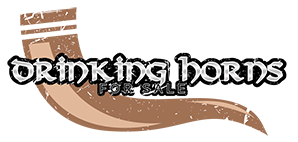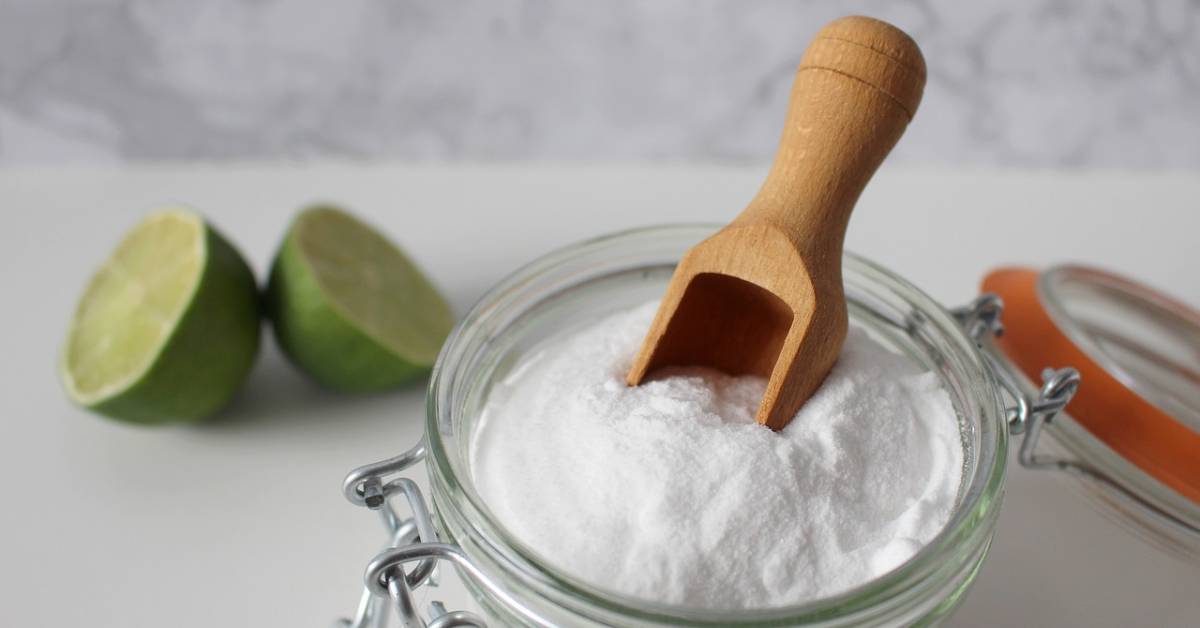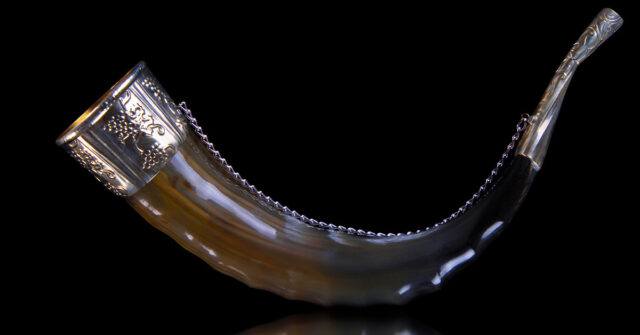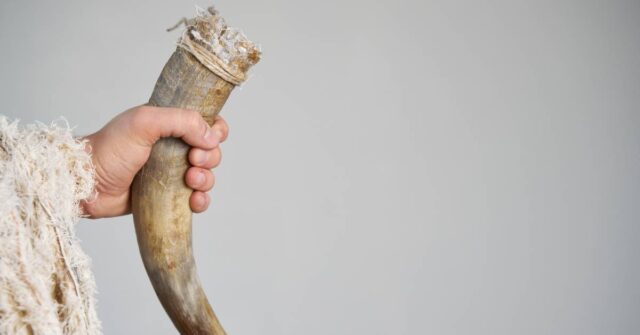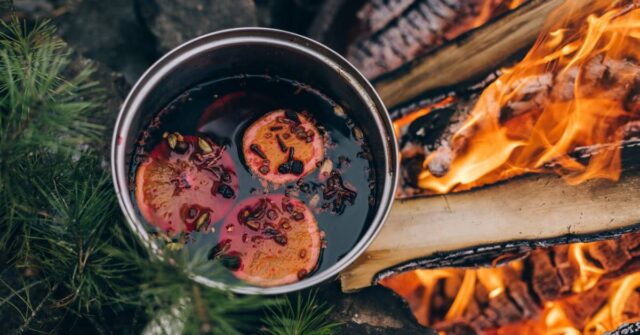Ever wondered how to keep your drinking horn spotless and fresh? Look no further.
In this comprehensive guide, we will explore every step of the cleaning process, from understanding why cleanliness matters to a detailed, step-by-step guide on cleaning, drying, and maintaining your drinking horn.
Let’s dive in.
Understanding the Importance of Cleaning Your Drinking Horn
Before we get into the cleaning process, let’s understand why it’s crucial to keep your drinking horn clean. It’s not just about aesthetics – there’s more to it than meets the eye.
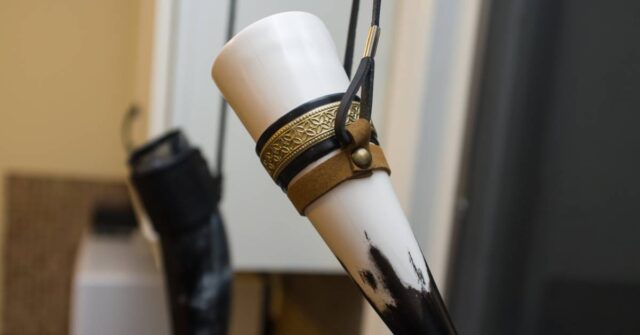
Why Cleanliness Matters
First and foremost, a clean drinking horn ensures that every sip of your beverage is free from dirt, grime, and lingering odors.
This not only enhances your drinking experience but also keeps potential health risks at bay.
While it is tempting to leave the washing of your drinking horn until the morning after your big event, it is important to note that the longer you leave your unwashed drinking horn, the more damage can be caused by the acidic contents of the beverage you are consuming.
If left unwashed for too long (even a few hours) the acids can break down the protective coatings and unseal the horn. This can cause permanent and irreversible damage.
The Impact on Taste
Subpar cleanliness can also adversely affect the taste of your beverages. Residual particles can mix with your drink, altering its flavor profile and leaving a bitter aftertaste.
Clean drinking horns guarantee the pure, unadulterated flavor of your beverage.
Health Implications
From a health perspective, neglecting the cleanliness of your drinking horn could lead to the growth of harmful bacteria.
Regular and proper cleaning eliminates this risk, ensuring that your drinking horn is safe to use at all times.
The Anatomy of a Drinking Horn
Before we delve into the cleaning process, let’s familiarize ourselves with the composition of a drinking horn.
This knowledge is instrumental in understanding why certain cleaning methods and products are recommended over others.
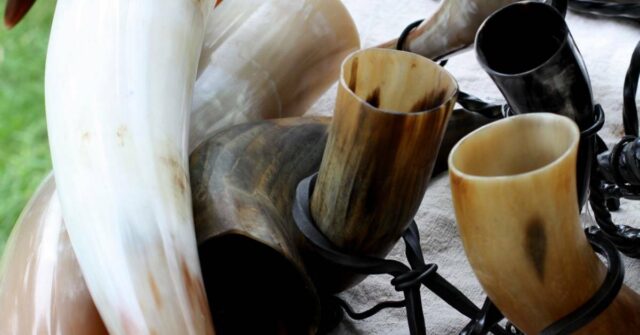
Understanding the Material
Traditional drinking horns are typically made from the horn of a bovid animal. This organic material is porous, making it prone to soaking up liquids and retaining odors.
As such, the cleaning process for drinking horns is different from that of glass or metal drinking vessels.
Types of Drinking Horns
There are various types of drinking horns, including plain, carved, and decorated varieties. Some have a natural finish, while others are coated with a protective layer.
The cleaning method can vary based on the type and finish of the horn.
Before You Begin: Gather Your Cleaning Materials
Preparation is key when it comes to cleaning your drinking horn. Make sure you have all the necessary materials at hand before you start.
Identifying Safe Cleaning Products
Since drinking horns are made of organic material, it’s important to use gentle, natural cleaning agents. Harsh chemicals can damage the horn. Mild dish soap, vinegar, and baking soda are all excellent choices.
Recommended Cleaning Tools
You’ll also need a long-handled brush or a set of brushes to clean the interior of the horn, a sponge or soft cloth for the exterior, and a rack or towel for drying.

8 Pack Bottle Brush Horn Cleaning Set
Keep your drinking horns pristine with these versatile bottle cleaning brushes. Includes brushes for all sizes and shapes, ensuring a gentle yet thorough clean every time.
A small funnel could also be handy for pouring cleaning solutions into the horn.
Step-By-Step Guide to Cleaning Your Drinking Horn
Now that we’ve covered the preliminaries, it’s time to get into the nitty-gritty of the cleaning process. Follow these steps for a spotless, fresh-smelling drinking horn.
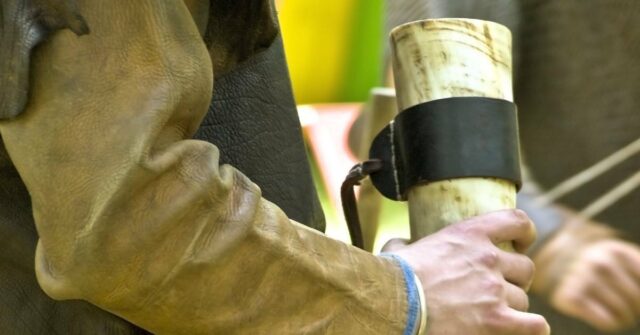
Initial Rinsing
Start by rinsing the horn with warm water. This preliminary rinse will remove any loose debris and prepare the horn for cleaning.
Soaking the Horn
Next, prepare a mild cleaning solution with warm water and your chosen cleaning agent. Fill the horn with this solution and let it soak for a few minutes. This soaking step helps to dislodge any stuck-on residue.
Scrubbing the Inside
After soaking, use your long-handled soft bottle brush to thoroughly scrub the inside of the horn. Be gentle but thorough to avoid damaging the material.
Rinsing After Cleaning
Once you’ve scrubbed the horn, rinse it thoroughly with warm water. Ensure all the soap or cleaning solution is completely rinsed out.
How to Dry Your Drinking Horn
Proper drying is an essential step in the cleaning process. Inadequate drying can lead to moisture buildup, encouraging mold growth and unpleasant smells.
Air Drying
The best way to dry a drinking horn is to let it air dry. Place the horn upside down on a rack or towel and let it sit until it’s completely dry.
This method allows for optimal airflow, facilitating faster and more effective drying.
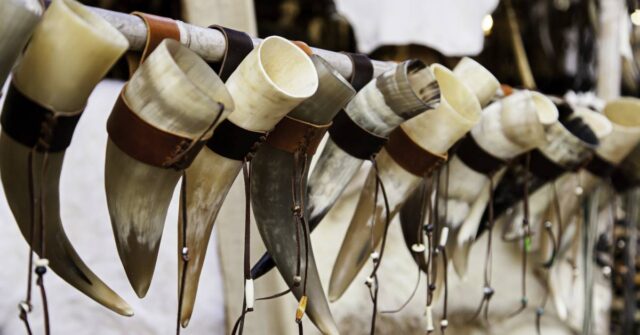
Using a Towel
If you need to speed up the drying process, you can pat the horn dry with a towel. However, be aware that this method might not completely dry the interior of the horn.
Maintenance Tips for Your Drinking Horn
A clean drinking horn is not just about effective cleaning; proper maintenance plays a huge role too. Here are some tips to keep your drinking horn in prime condition.
Regular Cleaning
Regular cleaning and maintenance are key. Try to clean your horn immediately after use to prevent residue buildup. At the very least, it should be cleaned thoroughly once a week if used frequently.
Storage Guidelines
Store your drinking horn in a cool, dry place. Keep it away from direct sunlight or heat sources, as these can cause the horn to dry out and crack. If possible, store it upright or in a specially designed-holder.
Dealing with Stains and Odors
If you notice any stubborn stains or persistent odors, a baking soda paste or vinegar soak can help. Leave the solution in the horn for a few hours, then rinse thoroughly.

Leading Baking Soda Brand Ideal For Cleaning
Discover ARM & HAMMER Baking Soda: pure, natural, and made in the USA. Perfect for baking, cleaning, and odor removal.
Common Mistakes to Avoid While Cleaning Your Drinking Horn
It’s easy to damage a drinking horn with improper cleaning. Avoid using hot water, as it can warp the horn. Never use harsh chemical cleaners or abrasives, and don’t put your drinking horn in the dishwasher.
Always handle the horn gently during cleaning to prevent cracking or scratching.
FAQs About Cleaning Drinking Horns
Despite the detailed guide, you might still have some questions about cleaning drinking horns.
This section aims to answer some common queries to provide additional clarity and help you maintain your horn effectively.
1. Can I Use Dish Soap to Clean My Drinking Horn?
Yes, you can use mild dish soap to clean your drinking horn. Avoid harsh detergents or chemicals that can damage the horn’s material.
2. How Often Should I Clean My Drinking Horn?
If you use your drinking horn frequently, it’s recommended to clean it after each use to prevent residue and odor buildup. If used less frequently, thorough cleaning once a week is ideal.
3. Can I Put My Drinking Horn in the Dishwasher?
No, drinking horns should never be cleaned in a dishwasher. The high heat and harsh detergents can damage the horn. Always hand wash your drinking horn.
4. What Should I Do if My Drinking Horn Smells?
If your drinking horn has a persistent odor, you can soak it in a solution of warm water and vinegar or baking soda. Leave the solution in the horn for a few hours, then rinse thoroughly.
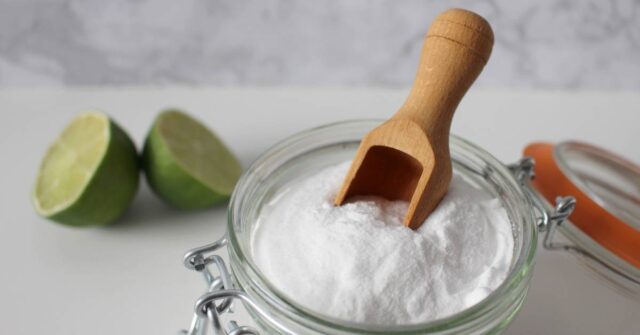
5. How Should I Dry My Drinking Horn?
After cleaning, it’s best to air dry your drinking horn. Place it upside down on a rack or towel and let it dry completely.
If needed, you can also pat it dry with a towel, but be aware that this might not completely dry the interior of the horn.
Conclusion
Cleaning a drinking horn doesn’t have to be a daunting task. With the right knowledge and techniques, you can keep your horn clean, safe, and ready for your next drink.
Enjoy the unique experience that a well-maintained drinking horn offers, and drink in style!
